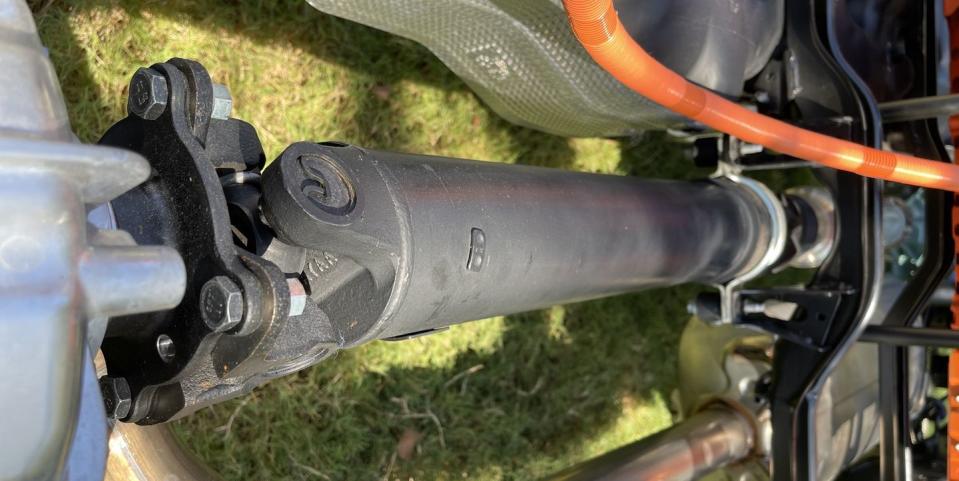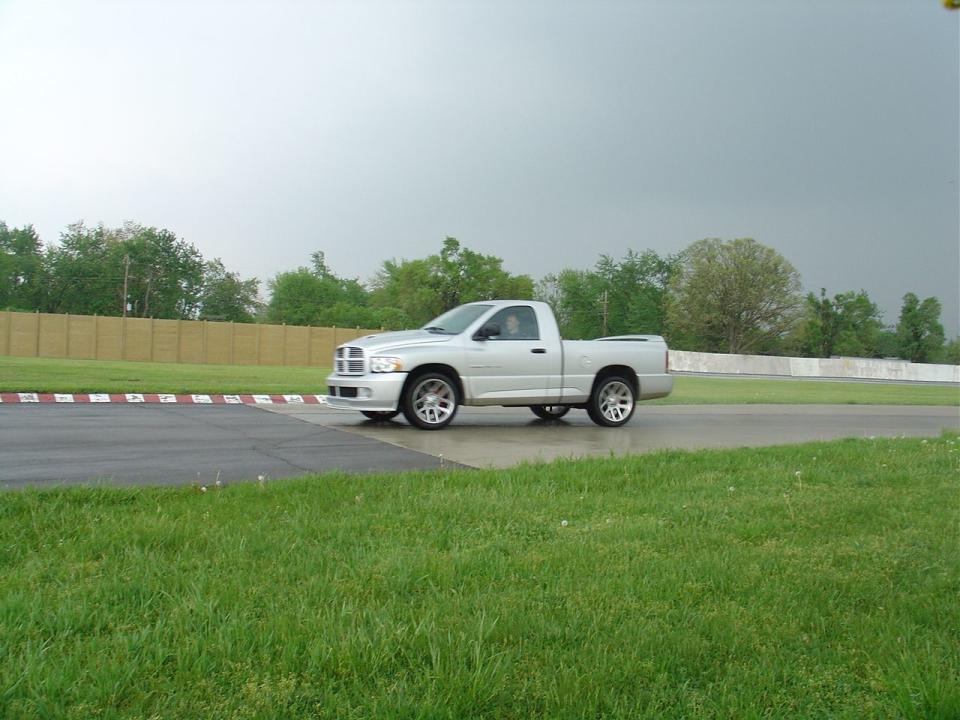Why Pickup Trucks Have Such Low Top Speeds

At last week's launch for the 2022 Toyota Tundra, there was a bare chassis on display—all the running gear in place, but no body. Since I ask all the important questions, I inquired about that most important spec for pickup trucks: top speed. With 437 horsepower in the hybrid models, an ungoverned Tundra would run out of gear around 165 mph. Yet, as expected, the new Tundra is governed to around 100 mph, topping out at a claimed 106 mph. You'd figure that paltry number is because the tires aren't rated to go much faster, and that's true. But it's not the whole story. There are tires that will handle higher speeds, but there's no point in using them, because the primary impediment to autobahn-ready pickups is the rear driveshaft. Or, more accurately, driveshafts.

As Toyota engineers explained, modern trucks are heavy, powerful, and often very long. In the case of the 2022 Tundra, there's only one iteration that even uses a single-piece driveshaft—the short-bed hybrids with the smaller double cab, which have a 145.7-inch wheelbase. (The electric motor adds some length to the drivetrain, putting the tail end of the transmission or transfer case close enough to the rear axle to get away with a single driveshaft.) And two-piece driveshafts that are designed to accommodate 583 pound-feet of torque do not like to spin at the rpm required for big top speeds. Especially in a vehicle that can, in long-bed crew-cab form, be 21 feet long. Surely, there's a way to precisely balance the driveshafts to enable a higher top speed, but it's just not worth it. Which is one reason why we have the 707-hp Ram TRX topping out at 118 mph, the 450-hp Ford Raptor hitting 118, and the much smaller and less powerful Nissan Frontier briefly claiming the title of fastest governed pickup with a mere 120-mph top speed.

 Yahoo Autos
Yahoo Autos 